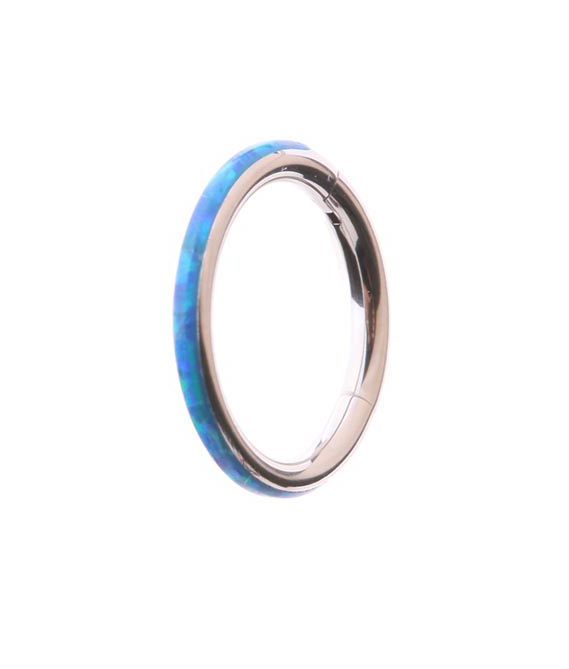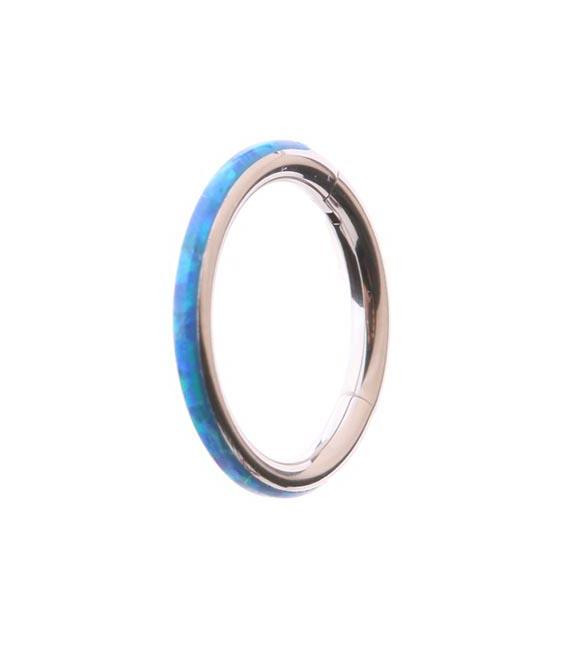What is a Helix Ear Piercing?
A helix ear piercing is located on the upper cartilage of the ear. Unlike lobe piercings, which are performed on soft tissue, the helix piercing goes through the cartilage, which is harder and takes longer to heal. This piercing is typically done with a hollow needle, and the exact location on the helix can vary depending on personal preference. Whether you opt for a single helix, double helix, or even triple helix piercing, the position and style can be customized to suit your aesthetic.
Many people choose the helix piercing because it adds a subtle edge without being overly bold. It's discreet enough for everyday wear but can be easily dressed up with the right helix piercing jewellery.
The Process of Getting a Helix Piercing
Getting a helix ear piercing involves several steps. First, a professional piercer will clean the area and mark the spot for the piercing. You can decide whether you want a forward helix (closer to the face) or a standard helix (on the outer rim). After marking, the piercer will use a sterilized needle to create the hole in the cartilage.
Unlike lobe piercings, which can sometimes be done with a piercing gun, helix piercings should always be done with a needle to avoid damage to the cartilage. The process itself is quick, but it's normal to feel a slight pinch and pressure during the piercing.
Afterward, the piercer will insert a piece of jewellery into the new piercing, and you’ll be given aftercare instructions to ensure proper healing.
Healing Time an
d Aftercare
One of the key things to keep in mind with a helix piercing is that cartilage piercings take longer to heal than those in the earlobe. While lobe piercings might heal within six to eight weeks, a helix ear piercing can take anywhere from three to six months to fully heal, and in some cases, even longer. During this time, it's crucial to follow proper aftercare guidelines to avoid infections or complications.
The first few days after your piercing, you might notice swelling, redness, or soreness, which is completely normal. Cleaning the area with saline solution twice a day will help keep it free from bacteria. Avoid touching the piercing with dirty hands and try not to sleep on the side of your new piercing to prevent irritation.
Changing your helix piercing jewellery too early can lead to complications, so make sure you wait until the piercing is fully healed before swapping it out. If you notice any signs of infection, such as excessive redness, discharge, or extreme pain, consult a professional immediately.
Choosing the Right Helix Piercing Jewellery
One of the most exciting parts of getting a helix ear piercing is selecting the right jewellery. Since the helix is a cartilage piercing, it offers more flexibility in terms of styles, materials, and designs compared to a lobe piercing. You can experiment with hoops, studs, or even elaborate designs depending on your personal taste.
When choosing helix piercing jewellery, it's essential to consider the material. Hypoallergenic materials like titanium or surgical steel are popular choices because they're less likely to cause irritation or allergic reactions. Gold is another luxurious option, but make sure it's 14k or higher to prevent tarnishing.
Studs are a classic choice for a helix piercing, especially during the healing phase. They sit flush against the ear, minimizing the risk of snagging. Hoops, on the other hand, can give your piercing a more dramatic look once it's fully healed. You can also opt for captive bead rings or barbell-style jewellery to make a statement.
The design of the jewellery is another consideration. Whether you prefer minimalist pieces or something adorned with gemstones, the variety of helix piercing jewellery available allows you to express your unique style. You can even mix and match if you have multiple helix piercings, creating an intricate ear stack that stands out.
Pain Level and Common Concerns
If you're new to piercings, one of your main concerns might be the pain level of a helix piercing. While pain tolerance varies from person to person, most people report that helix piercings are more painful than lobe piercings but still manageable. Since the cartilage is tougher than the soft tissue of the earlobe, you may feel a sharp pinch and pressure during the procedure.
The soreness typically lasts a few days to a week after the piercing, but with proper aftercare, this should subside. If you're nervous about the pain, talking to a professional piercer beforehand can help put your mind at ease. They can guide you through the process and provide tips for managing discomfort.
It's also common to worry about infections or rejection, but as long as you follow aftercare instructions and choose high-quality helix piercing jewellery, you should have a smooth healing process. Be patient and give your body the time it needs to adjust and heal.
Styling Your Helix Piercing
Once your piercing is healed, you can start experimenting with different jewellery and styles. The placement of the helix allows you to get creative with how you wear your piercings. A single hoop can give a sleek, minimalist look, while multiple piercings with varied jewellery can add an edgier vibe.
Some people enjoy mixing metals, while others prefer a uniform look with all gold or silver. The versatility of helix piercing jewellery means you can change up your style depending on your mood or occasion.
Whether you're going for a classic, timeless look or a bold, fashion-forward statement, there's no shortage of ways to make your helix piercing your own.






Comments